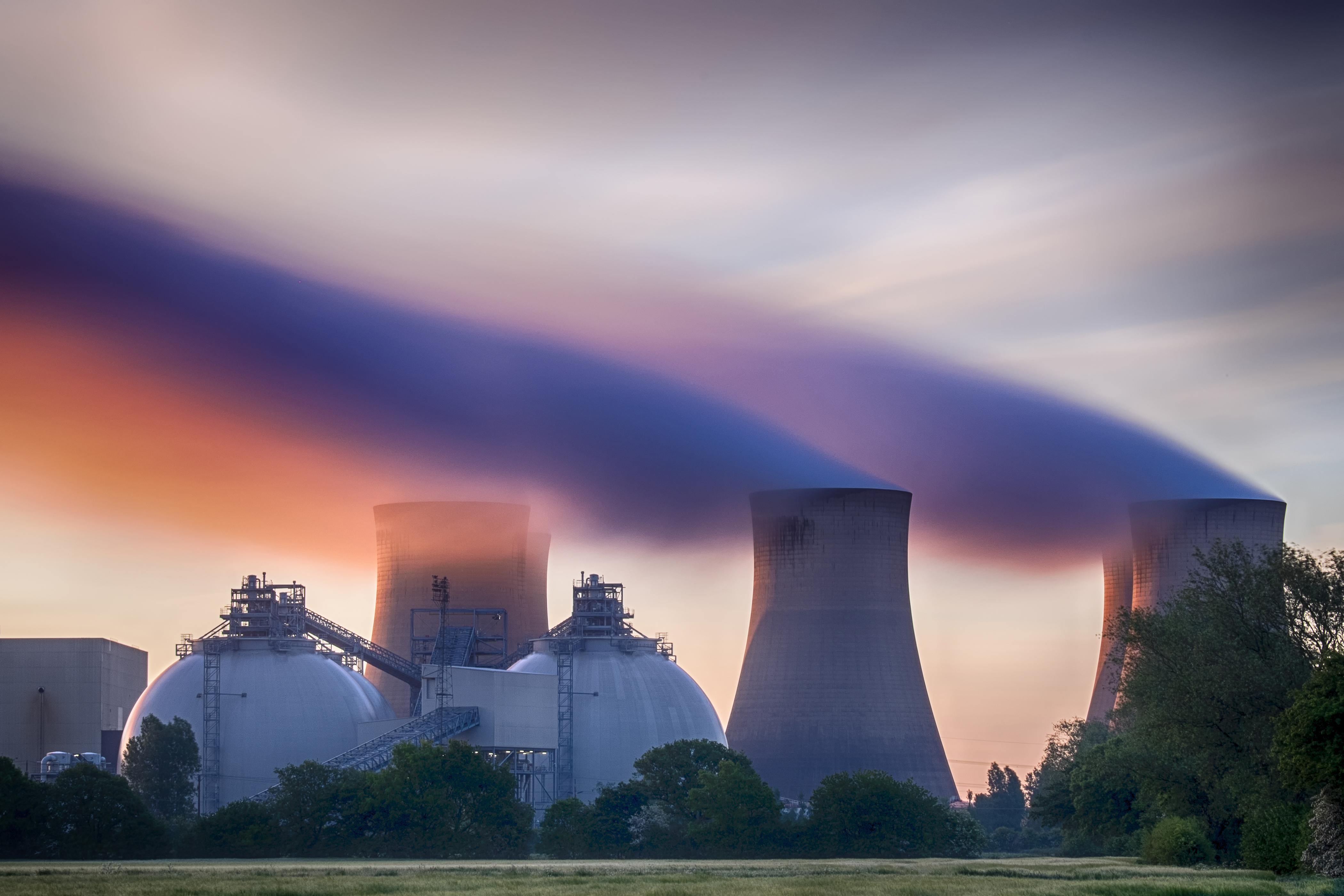UK carbon capture policy falling short of net-zero goals and deepening fossil gas reliance

Key Takeaways:
UK government incentives for carbon capture are disproportionately supporting the development of ‘blue’ hydrogen projects, increasing long-term reliance on fossil gas in the energy mix.
A severe lack of carbon capture projects for existing electricity generation puts the UK’s target of decarbonising the power sector by 2035 at risk.
Government-sponsored projects are pointed towards oil and gas owners, accounting for 78% of the proposed emissions capture and presumably the majority of the billions of pounds in public support available.
15 November 2023 (IEEFA) | The UK government’s £20 billion carbon capture and storage (CCS) policy is falling short of the country’s net-zero targets, with 78% of carbon capture in 2030 set to come from projects that require long-term fossil fuel use.
New research from the Institute for Energy Economics & Financial Analysis (IEEFA) warns there is a severe lack of support for CCS projects aimed at decarbonising electricity supply, putting at risk the UK’s target of decarbonising the power sector by 2035.
Current CCS incentives within the UK government’s announced Track 1 capture projects instead excessively back the development of projects focused on ‘blue’ hydrogen, which is produced from gas as opposed to renewable power. These will increase the long-term reliance on fossil gas in the UK energy mix.
Earlier this year, the UK government earmarked £20 billion in public money to be spent over the next 20 years for the deployment of carbon capture, usage and storage (CCUS) facilities. A high-risk pillar of the UK’s decarbonisation strategy, the strategy forecasts that around 22 million tonnes of carbon dioxide (MtCO2) will be required to be captured per year by 2030.
Eight projects across the HyNet and East Coast Cluster have been selected to proceed to negotiations for support as part of Phase 2, Track 1 of the government’s CCUS initiative. Of these eight, 81% of captured emissions are proposed to come from processes that require long-term fossil gas use.
Fossil fuel firms will be the main beneficiaries of government support through Track 1, with 78% of carbon capture in 2030 set to come from projects owned by oil and gas companies. This includes the proposed new-build Net Zero Teesside Power gas-fired power station, which is being co-developed by BP. There are currently no gas power CCS projects in operation, globally.
While the government plans to expand the Track 1 clusters, the eight selected projects will not meet the UK’s CCS requirements set out by the Climate Change Committee (CCC) in its Sixth Carbon Budget.
The projects are expected to capture ~6 MtCO2 per annum during their initial phase, or 27% of the CCC 2030 forecast. Assuming capacity is increased from follow-on phases before the end of the decade, the projects will continue to fall short, meeting only 52% of the carbon capture target.
“It is clear that the UK government needs to focus its attention on supporting CCS projects that increase decarbonisation of electricity supply while the UK energy mix transitions to lower-carbon sources,” said Andrew Reid, author of the report and a guest contributor at IEEFA Europe.
“A disproportionate amount of support is currently targeting blue hydrogen production, which not only risks meeting the CCC targets but is questionable longer term as the UK increases renewable power generation and the potential for green hydrogen production.”
CCS for the decarbonisation of electricity supply and for greenhouse gas removals represent 78% of the 2030 CCS target, but only 16% will be supported through the current eight Track 1 projects. Conversely, CCS for hydrogen production will deliver 444% of its target.
If the government were to include all 20 projects shortlisted in the Phase 1, Track 1 announcement, the potential to achieve the 2030 CCS target would be greatly increased, with emissions capture meeting 93% of the goal.
However, this strategy would still leave significant gaps in sector-specific decarbonisation. CCS for electricity supply would still be 70% short of its target, while there would still be few projects for greenhouse gas removals.
“The announcement in July this year increasing the number of clusters that would be considered for support to include Acorn and Viking presents an opportunity for the government to prioritise power generation projects over blue hydrogen, getting back on track with the Climate Change Committee’s projections,” said Reid.
Although the International Energy Agency (IEA) notes that CCUS can lower emissions in hard-to-abate sectors such as cement, iron, steel and chemicals, a lack of progress and “years of underperformance” have recently led the organisation to revise downward the technology’s role in its global climate mitigation scenarios; the IEA’s latest Net Zero Roadmap sees CCUS contributing less than 5% to required emissions reduction by 2030. Based on the IEA’s CCUS project database, if all planned projects are delivered by 2030, they would still only capture less than 1% of current annual energy-related emissions.











